Q & A: Julene Bair, Author of The Ogallala Road
Fancy machinery and irrigation systems that pull millions of gallons per day from the nation’s largest aquifer have transformed the High Plains. But at what cost? Circle of Blue’s Brett Walton spoke with Julene Bair, author of The Ogallala Road, a memoir of a life shaped by land and water.
Farmers in the High Plains annually pump more water from the Ogallala Aquifer, the nation’s largest groundwater source, than flows in the Colorado River. Learning this fact stunned Julene Bair, whose family owned a farmstead in Sherman County, Kansas and grew wheat using water from the Ogallala.
Bair grew up in northwest Kansas but left the plains as a young woman for several years to live in San Francisco and the Mojave Desert. Returning home in the 1980s and learning more about the farming business, she began to question the wisdom of production agriculture, the ethic she calls “the true local religion.”
Julene Bair: I’m pretty water obsessed. My experiences living elsewhere, in California most notably, made me into this lake swimmer, this person who just loves fresh bodies of water. That’s a long history of mine. For decades now I’ve been exploring, looking for water, so it was only natural to do it back home, and it was very important to do it there because I had a direct relationship with the water under that ground. I grew up drinking Ogallala water, out of the windmill, and I had since become concerned because we had become irrigation farmers and I was aware from my reading that we were drying up the spring-fed creeks and rivers. I wanted to see what was still there.
When I was a child I really wasn’t that aware of what was there – a very provincial childhood. I knew my own backyard basically and that was it. So going out and exploring in my own home turf was exciting to me but it was also scary because I was afraid I wouldn’t find any of the water that I’d read about. I’d read about water that the Cheyenne Indians, prior to our possession of the plains, had sundanced at, which would mean there’d be 4,000 Indians and 20,000 horses watering. This would have to be a significant amount of water to sustain that number of people and animals. And the bison had watered there. I wanted to see if that water still existed. So I went out looking for it, and I did manage to find one little spring – there were several actually later on as I did more searching – but that particular day I did find a little spring and that was exciting to me.
Julene Bair: Renewal as a theme in the book? Well, what’s renewable versus what’s not. Renewal on a personal level would be, I suppose, trying to find a way to be back in that landscape and live there and have a sense of community and also feel like I was doing right by the land. That’s what the search was for on a personal level.
But the water itself, as you know, only recharges at less than a half an inch a year in that area. I understand that under irrigated land it recharges faster than that, maybe an inch. But when it does recharge, it also carries a lot of the farm chemicals down into the water table with it, so that’s not necessarily a boon to the aquifer.
Julene Bair: Well, there is more cognizance now that there is a problem. I think we see that everywhere. There’s this heightened consciousness where even in Texas they are trying to figure out ways to limit extraction, and in Kansas we have the LEMA idea [to restrict water use], which has gotten a lot of attention. So there is some progress. [Kansas Governor Sam] Brownback is conscious of the water issue and is looking at a 50-year water plan.
But I don’t think we’re doing nearly enough. From my point of view, were it not for the political hurdles you would have to leap over, it’s a pretty simple problem to solve really. And that is: give farmers money to conserve rather than to waste water growing crops that are totally ill-suited for the region, like irrigated corn. We subsidize withdrawals from the aquifer primarily now by crop insurance, by giving farmers money to grow corn. We’re still doing it – though we don’t call it direct payment anymore – but we’re insuring those crops whether they’re grown on dry land or irrigated land and we’re subsidizing the premiums. So if we’re willing to spend that kind of taxpayer money helping farmers, let’s also help the environment. Let’s preserve the water that’s there, let’s give them money to go back to dryland production or to retire their water rights.
Julene Bair: My little part in it is to heighten consciousness about it so that we can change the conversation a bit – just look at the idiocy of the farm program and the ethanol mandate – and try to exert some pressure on legislators. My father always said that Big Daddy, and by Big Daddy he meant the government, would step in and stop irrigation or slow it down before it was too late. And he had reason to believe that would happen because the government used to be stronger on the regulatory front. He had conservation policies he had to follow to get his farm program payments. But Big Daddy never did step in, and Big Daddy became weakened by this pitched battle we have going on between those who would like to protect business interests and the right of business to make profits no matter the expense to the public good. Those interests have become stronger and so it’s much more difficult now. But I think if people began thinking of that water as belonging to them and realize that it is – in most cases it belongs to the state and not the farmers – then I think some changes could be made.
Farmers say, “The world has to eat. We need irrigated agriculture.” Well, I’m sure we do in many places, but we have to be discerning about what we choose to grow and how much water it demands. Also we have to think about where that corn is going. I mean 40 percent of it almost, 38 percent actually, is going to livestock feed, and we lose a lot of the protein when we process it through livestock.
Brett writes about agriculture, energy, infrastructure, and the politics and economics of water in the United States. He also writes the Federal Water Tap, Circle of Blue’s weekly digest of U.S. government water news. He is the winner of two Society of Environmental Journalists reporting awards, one of the top honors in American environmental journalism: first place for explanatory reporting for a series on septic system pollution in the United States(2016) and third place for beat reporting in a small market (2014). He received the Sierra Club’s Distinguished Service Award in 2018. Brett lives in Seattle, where he hikes the mountains and bakes pies. Contact Brett Walton

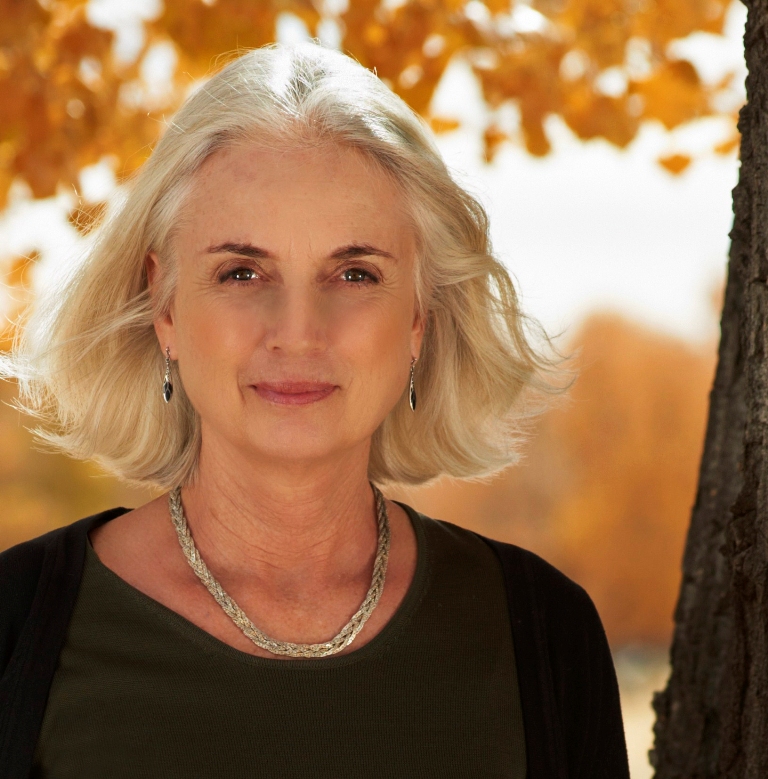
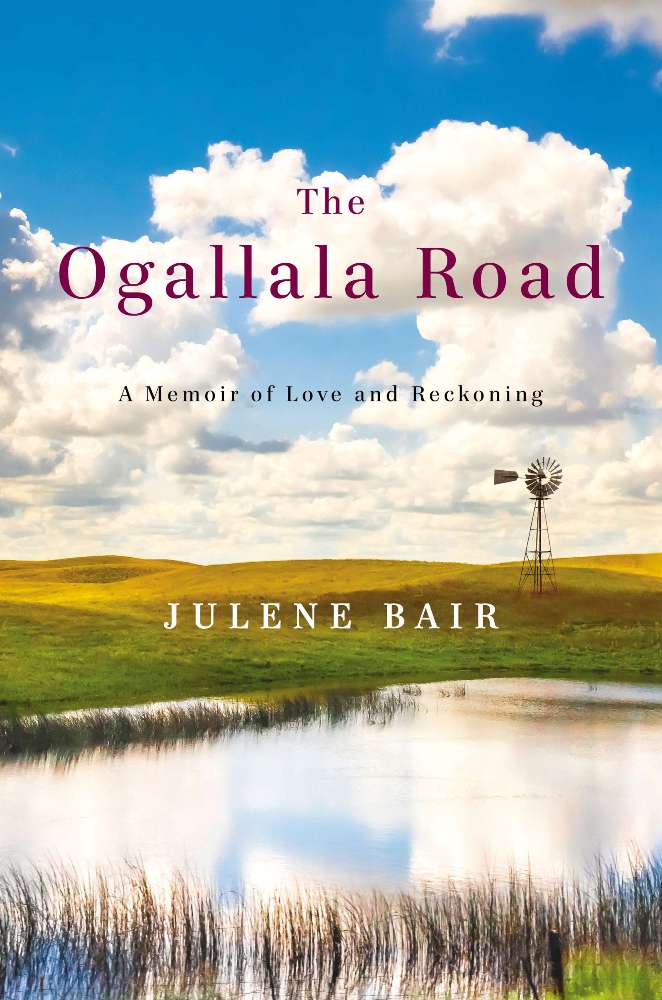

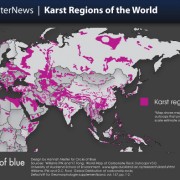
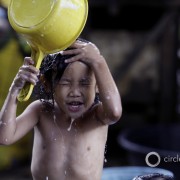
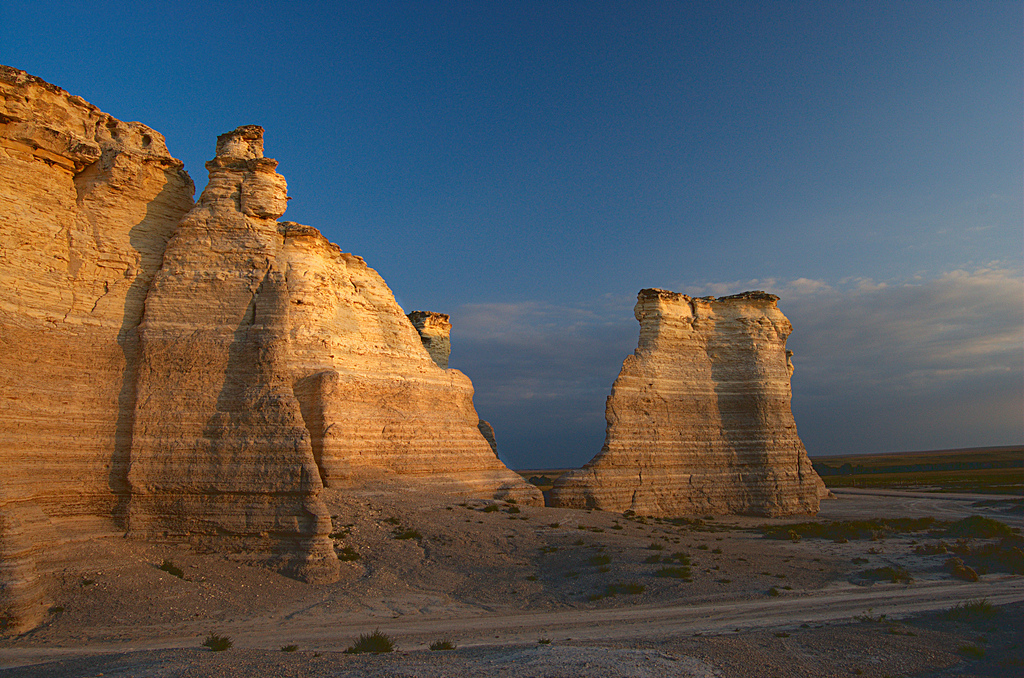
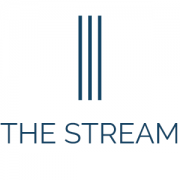
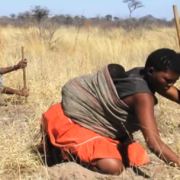


Leave a Reply
Want to join the discussion?Feel free to contribute!